West-Facing Garden Ideas: Tips for Maximizing Afternoon Sun
Designing a west-facing garden can be a delightful experience. West-facing gardens receive plenty of afternoon sunlight, which can help many plants thrive. By choosing the right plants and layout, you can create a beautiful, sun-filled garden that blooms throughout the growing season.
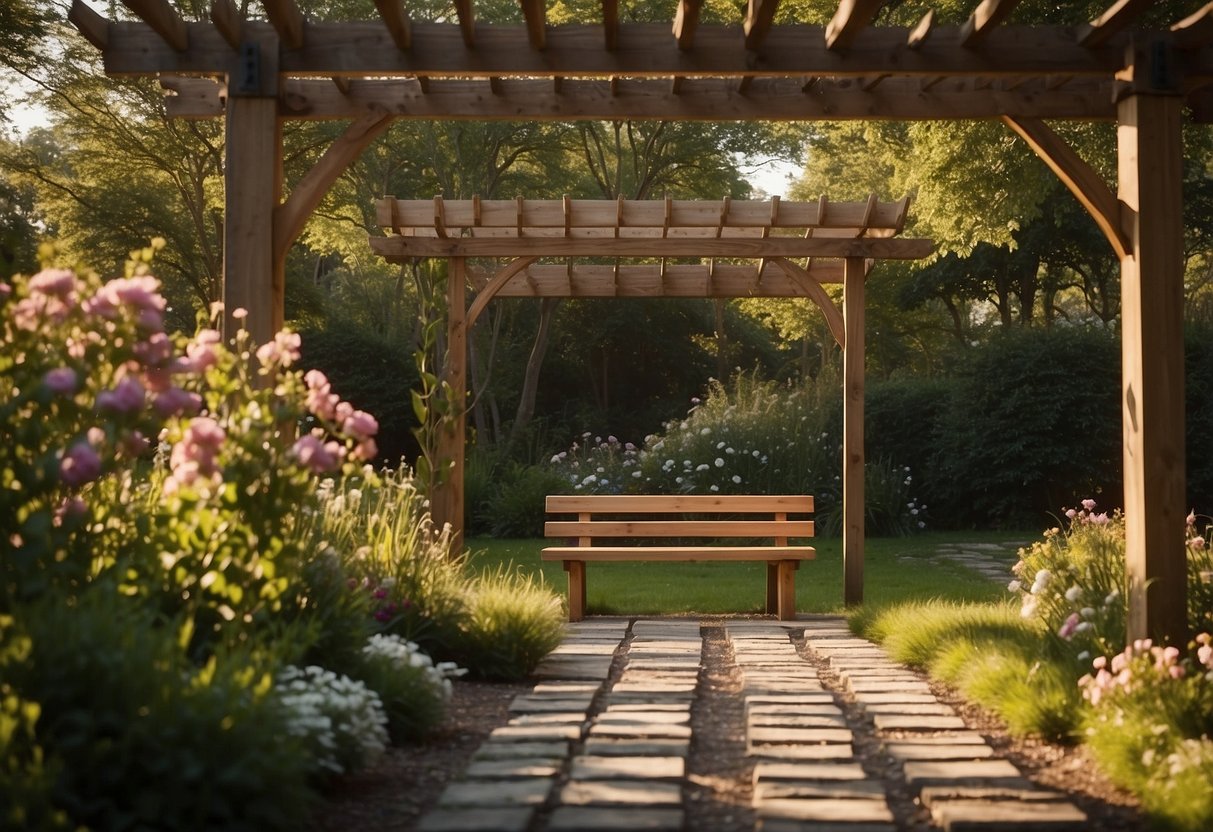
What makes a west-facing garden unique is its exposure to intense afternoon sun. This feature allows you to enjoy vibrant, hardy plants that love the warmth. With careful planning, your west-facing garden can become a stunning, relaxing space where you can unwind and enjoy nature.
1) Plant Hydrangeas

Hydrangeas are a great choice for your west-facing garden. They thrive in the afternoon sun and can add vibrant colors to your space.
Consider planting the panicle variety, which enjoys full sunlight for most of the day. This variety requires soil rich in organic material and excellent drainage to grow well.
Water your hydrangeas deeply once or twice a week to keep them happy and healthy. Placing them at least 3 to 4 feet apart helps ensure adequate air circulation and growth.
2) Install Water Features
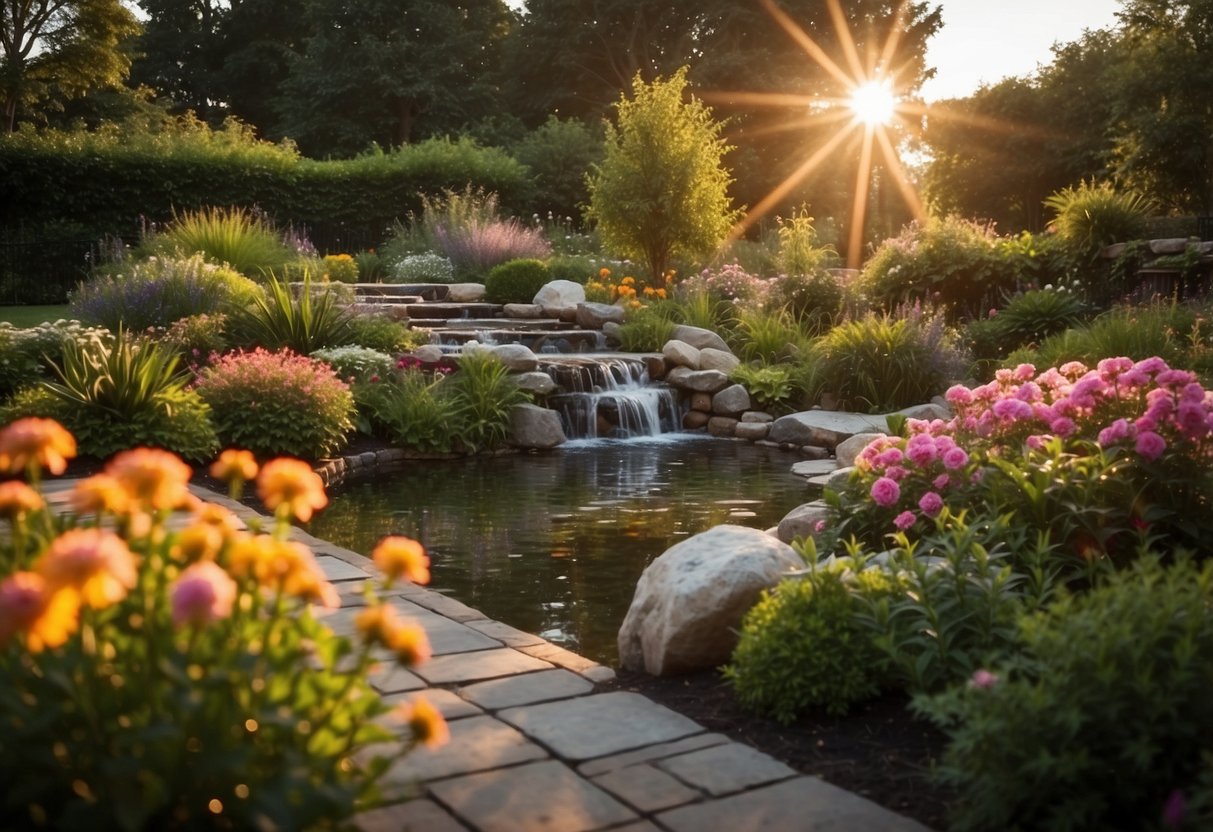
Adding a water feature to your west-facing garden can create a relaxing atmosphere. The sound of running water is soothing and can help mask traffic noise.
Consider options like a self-circulating fountain for smaller spaces. If you have more room, a formal pond with aquatic plants can be a beautiful focal point.
Modern pools or Corten steel bowls bring a sleek look to your garden. These features add a touch of elegance and require low maintenance.
Choose the right water feature to complement the style and size of your garden.
3) Create a Relaxing Seating Area
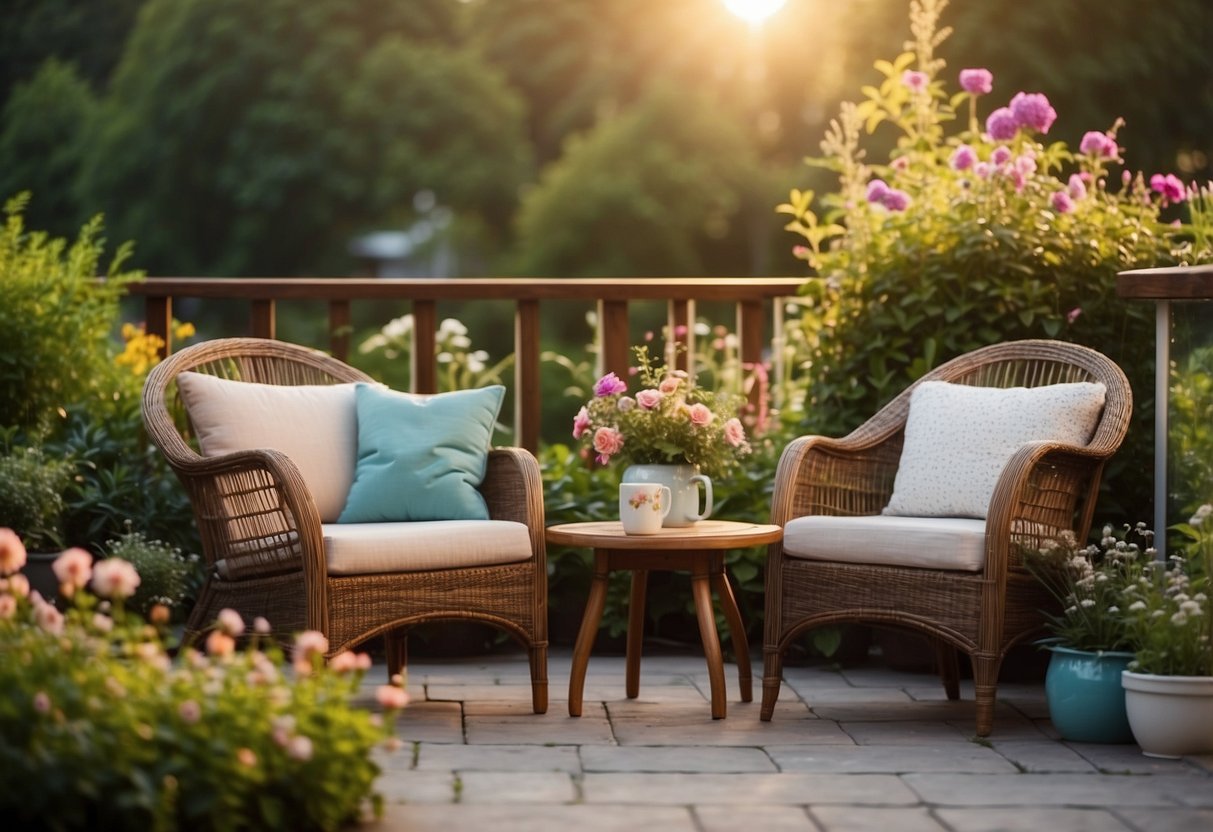
Position your seating to face the most relaxing view in your garden. This can make your space feel truly special.
Add features like a water fountain or sculpture to draw the eye and create a focal point. It helps make the area inviting.
Consider framing the view with plants or flowers to add a natural touch. This enhances the calming atmosphere and beauty of your garden.
You can also install a mirror to reflect the view. This gives the illusion of more space and can make the area feel more open.
4) Add a Vegetable Garden
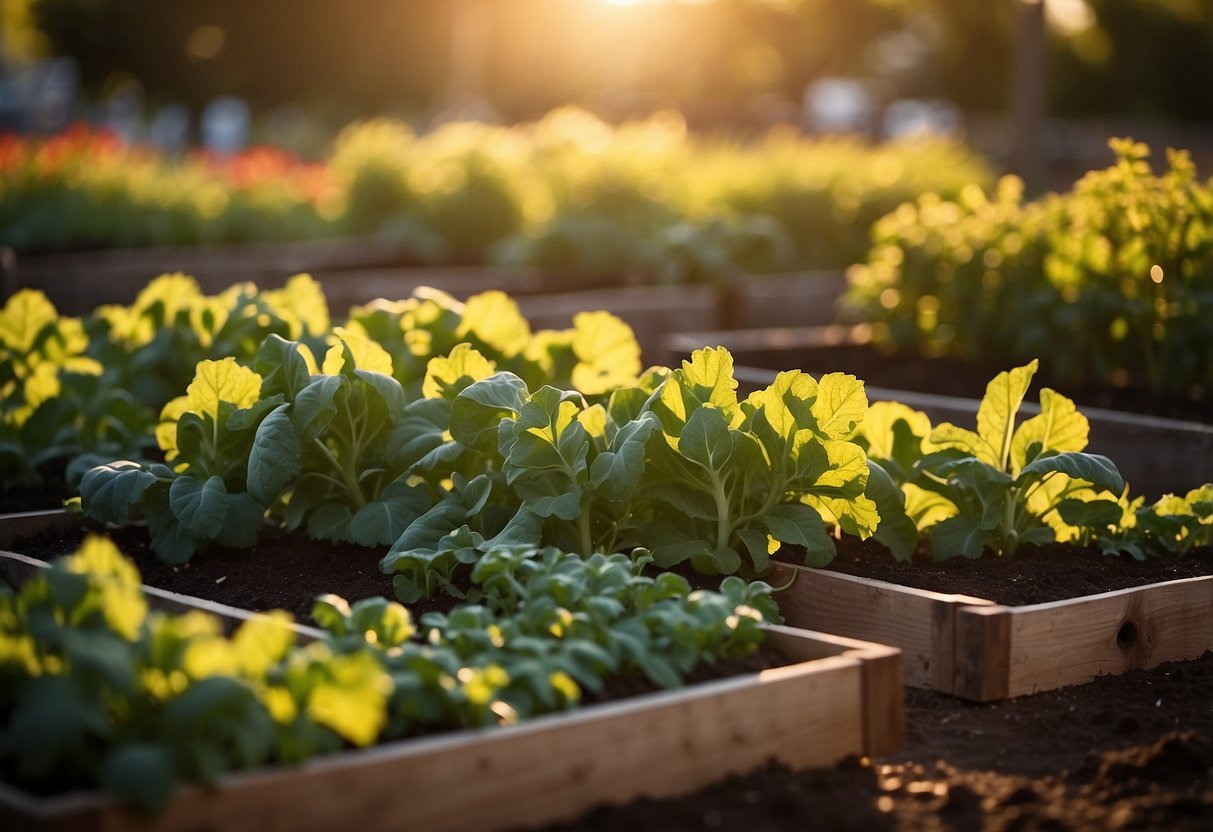
A west-facing garden is perfect for a vegetable garden. Many vegetables love the long hours of afternoon sun. Tomatoes, peppers, and eggplants thrive in this environment.
Root vegetables like potatoes and radishes also do well. They need plenty of sunlight to grow strong and healthy.
You can also plant leafy greens like spinach. They need at least six hours of sunlight each day.
Check the Best Vegetables to Grow for more ideas.
5) Use Climbing Roses

Climbing roses add beauty and fragrance to your west-facing garden. They do well in full sun and can be trained to grow on trellises and arbors.
You can choose varieties like “Kiss Me Kate” that thrive in hardiness zones 5-10 and feature stunning pink flowers. For proper care, mulch in the summer to keep the roots cool and make sure they get enough air circulation.
Planting climbing roses can transform your garden into a picturesque and colorful space. You’ll love the bursts of color and pleasant scents they bring!
6) Incorporate Garden Sculptures

Garden sculptures can transform your west-facing garden into a charming haven. They add personality and focal points.
Consider pieces like a crescent moon sculpture which can shine under the sunlight.
You can place sculptures along pathways or in open spaces. They will create delightful visual breaks and surprise elements.
Remember to choose materials that withstand sun exposure. Stone and metal work well in sunny areas. Incorporate designs that reflect your taste and complement your garden. Sculptures can turn your outdoor space into a unique art gallery.
7) Plant Lavender Borders

Lavender is a great choice for your west-facing garden. It thrives in sunny spots and well-drained soil.
You can plant lavender along the edges of your garden borders. This will add a lovely fragrance and attract pollinators like bees and butterflies.
Lavender’s silvery foliage and purple blooms offer a beautiful, timeless look. Try underplanting trees with lavender for a layered effect.
8) Design a Pergola with Vines

Designing a pergola with vines can add a natural and shaded retreat to your west-facing garden.
Choose sturdy climbing vines like vibrant bougainvillea or fragrant honeysuckle. These plants grow well and provide beautiful shades of pink and purple.
Ensure your pergola structure is strong enough to support the weight of mature plants. Metal pergolas, as seen in some pergola ideas, provide durability and a unique look.
9) Hang Outdoor String Lights
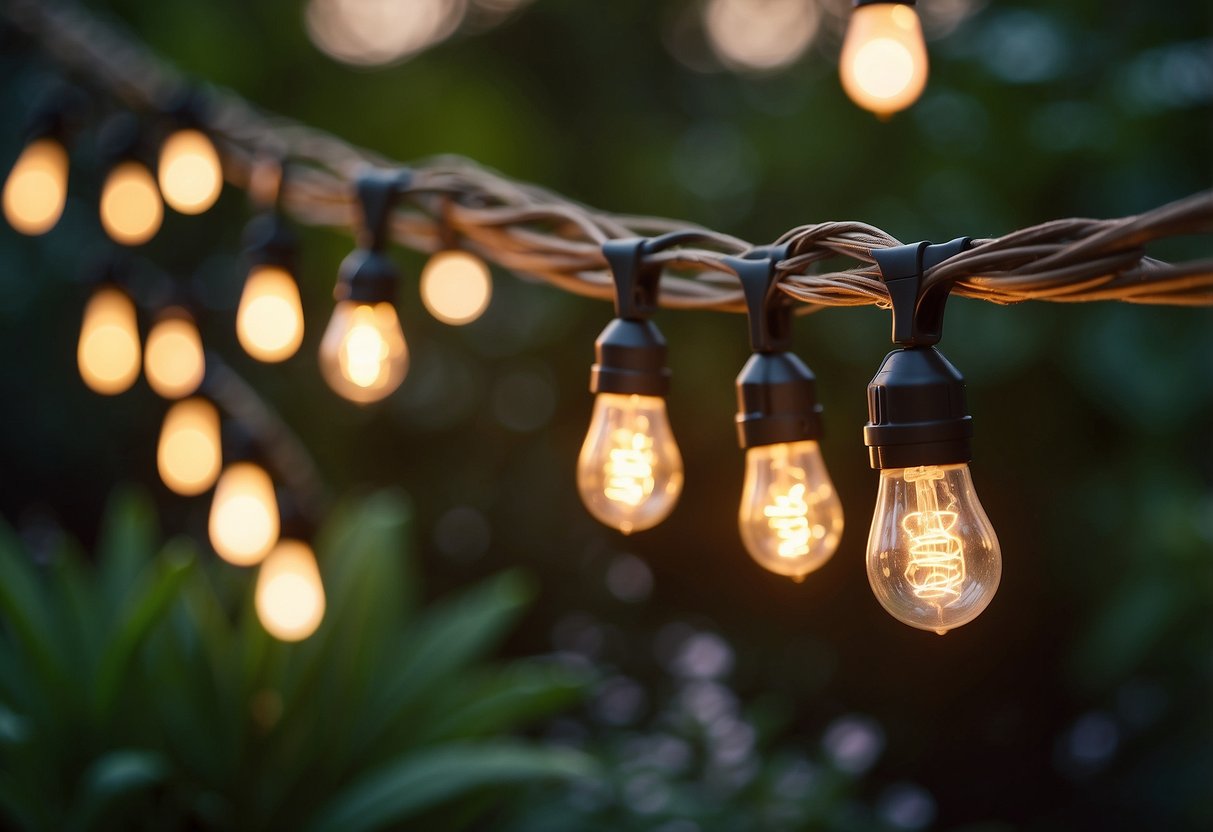
Hanging outdoor string lights in your west-facing garden adds charm and warmth. Attach them to a pergola or along a fence to create cozy zones for evening gatherings.
You can also drape string lights over trees or sturdy plants for a magical effect. Use hanger hooks to make the process easier and avoid damaging the bulbs.
10) Create a Stone Pathway
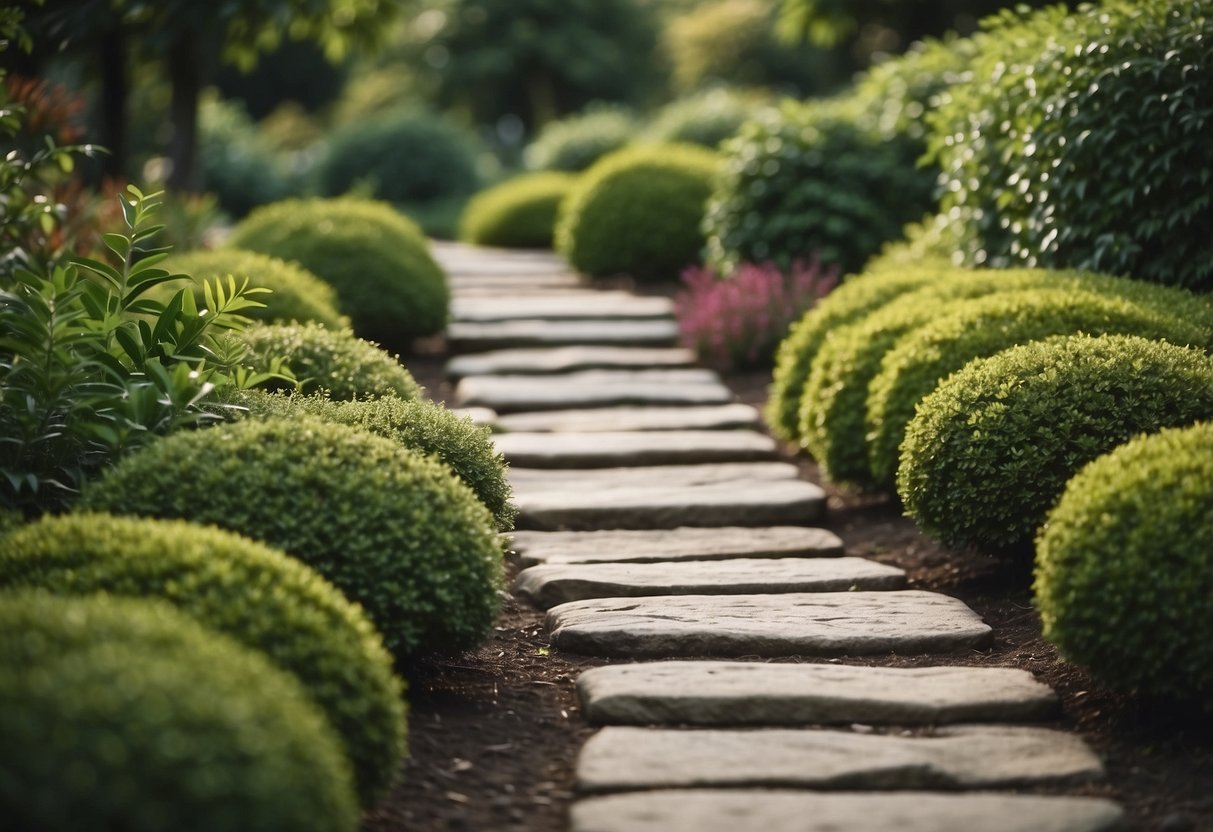
Adding a stone pathway in your west-facing garden can give it a charming, timeless look.
Use materials like flagstone or pebbles to create a natural and inviting feel. The stones can guide you through lush greenery, leading to a cozy seating area or a garden shed.
You can also plant small flowers or greenery between the stones to add color and life to the pathway. This not only looks beautiful, but it also integrates the path seamlessly into your garden.
Understanding Sun Patterns

Knowing how the sun moves across your west-facing garden can help you make the most of sunlight. The direction and intensity of sunlight change with the seasons, and this affects plant growth.
Seasonal Changes
In a west-facing garden, sun patterns shift throughout the year. In summer, the garden gets strong afternoon sun, which can be intense for some plants. The longer daylight hours mean more sun exposure.
During autumn, the sun is lower in the sky, and the garden gets softer light. The light is still direct but less harsh. This change can help prevent overheating and provide a gentle environment for plant growth.
Winter brings the shortest days and the least sun. The garden will get afternoon light, but it may be weak. Some plants might struggle during this time. You may need to consider cold-hardy plants or use protection for sensitive species.
Spring sees the sun rising higher, with more daylight hours. The increasing sunlight helps plants wake up from winter dormancy and start growing again. Pay attention to how the light gradually gets stronger to prepare your garden.
Impact on Plants
Different plants have varying needs for sunlight. Understanding these needs helps you choose the right plants for your west-facing garden.
Lavender, for example, thrives in full sun, needing at least six hours of direct sunlight. This makes it a great choice for your garden in the afternoon sun.
Garden phlox also does well with at least six hours of sunlight and can handle the strong light of a west-facing garden. It produces beautiful clusters of flowers in various colors.
Some plants, like the Phemeranthus calycinus, open their flowers in the hot afternoon sun. It’s a unique choice for your garden, enjoying the intense light.
Remember, some plants are sensitive to too much sun or heat. Selecting varieties that can handle the afternoon intensity and providing some shade if needed can keep your garden healthy and vibrant.
Plant Selection for West-Facing Gardens

Choosing the right plants for a west-facing garden involves considering those that can thrive in intense afternoon sun and drier conditions. This section will cover plants that handle heat and those that resist drought.
Drought-Resistant Plants
In a west-facing garden, plants need to thrive with less water. Indian hawthorn and salvias are excellent choices. Indian hawthorn, known as Rhaphiolepis indica, is a tough, evergreen shrub that handles dry conditions well. It can also be pruned into hedges.
Salvias, available in many varieties, are also tough and come in vibrant colors. They are perfect if you want to mix beauty with functionality. Another option is the Fameflower. This plant has unique flowers that open in the afternoon sun, making it ideal for the west side.
Heat-Tolerant Flowers
Heat-tolerant flowers bring color to your garden, even when the temperature rises. Garden phlox is a perennial with fragrant clusters of flowers in shades of pink, purple, and white. It does well with at least 6 hours of direct sunlight, making it perfect for west exposure.
Other great choices include potatoes, onions, and radishes. These vegetables thrive in full sun and are root veggies that can produce well in the heat. Squash, such as butternut or zucchini, also flourish in high heat. With the right selection, your garden can handle the hottest days without wilting.







